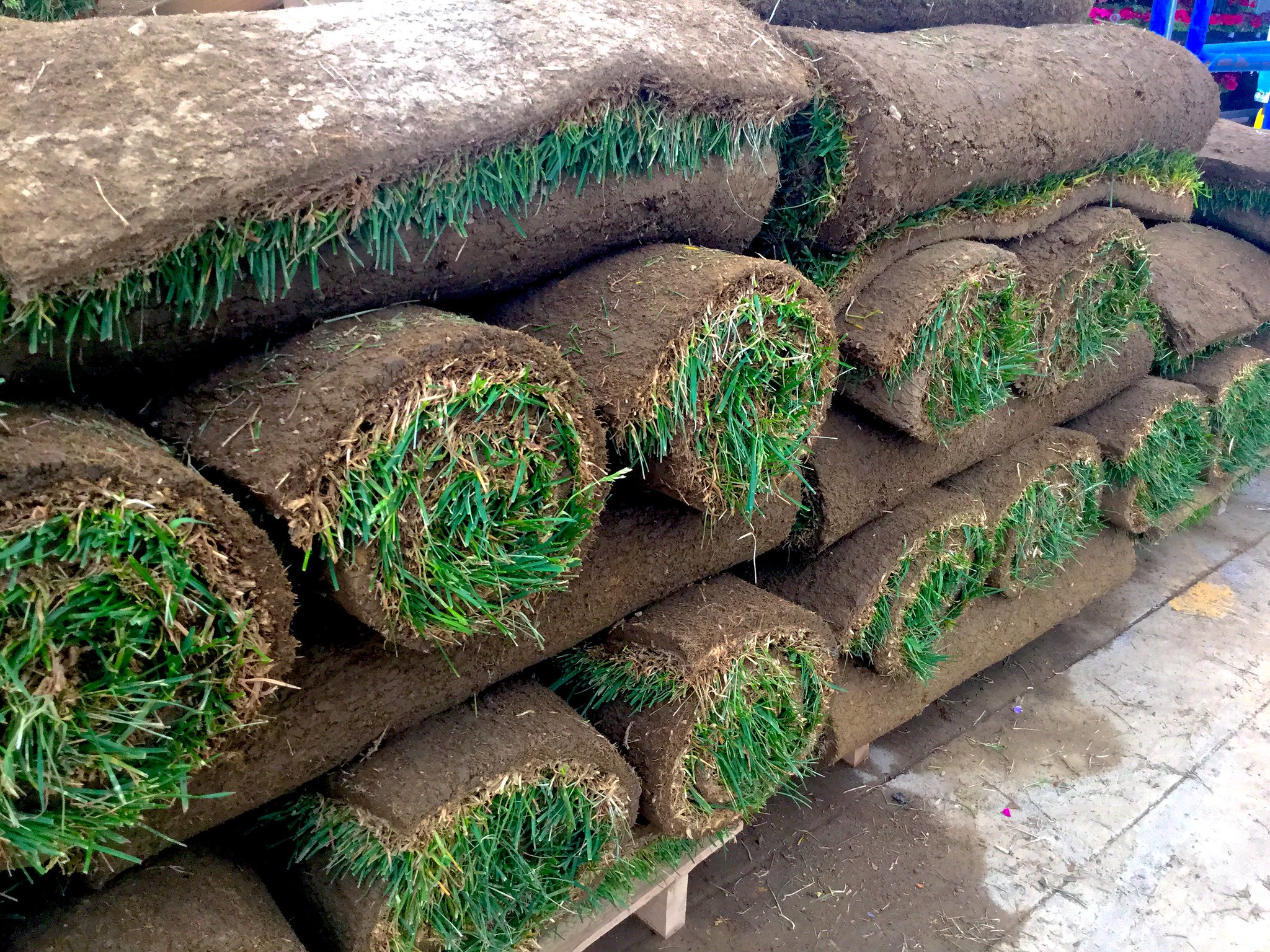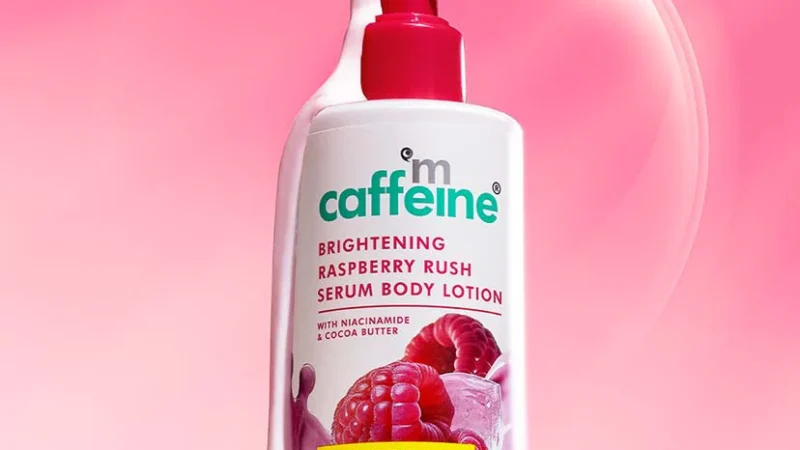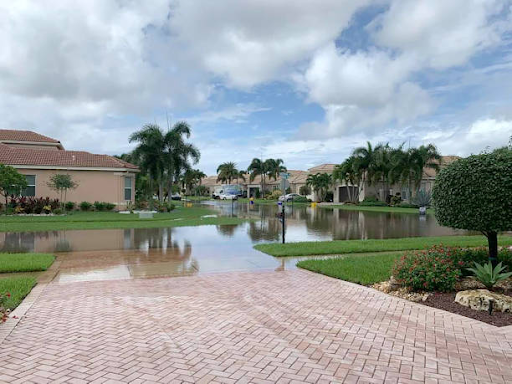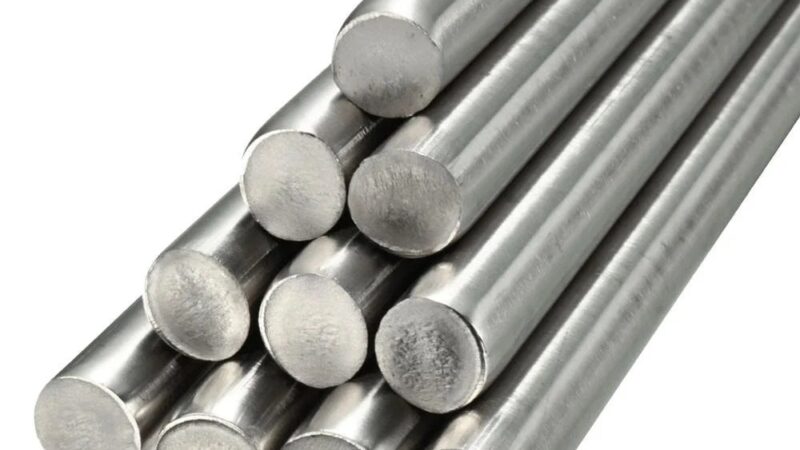What’s the difference between Zoysia and Bermuda sod?

Choosing between Zoysia sod and Bermuda sod ain’t always that straight. Folks think grass is grass, but these two types—they act pretty different once they’re in your yard. You gotta consider how they grow, what they look like, how they deal with traffic, and even what kinda shade they’ll put up with. This guide breaks all that down, plain and simple.
Appearance: What they look like up close
If you look from a bit far, both seem green and thick. But once you squat down or rub your hand across it, you’ll catch it quick.
Zoysia grass got them fine blades—soft to touch, grows tight like a dense carpet. Almost velvety, some say.
Bermuda grass, though, feels coarser. Its blades are thinner and wiry, almost like little wires poking straight up, and grows real low.
Zoysia often comes across more lush and manicured even if you didn’t mow that week. Bermuda got that athletic field vibe—trim and crisp but less polished look.
Shade Tolerance: How much sun it needs
This part matters a lot, especially if ya got trees or a fence casting long shadows.
Zoysia handles partial shade better. It don’t thrive in total darkness, but if you’ve got 4-5 hours of direct light, it’s good.
Bermuda sod is kinda sun-hungry. Less than 6 hours of full light and it starts thinning out, bare patches showin’ up like bad news.
So if your yard’s shady part of the day, Zoysia’s gonna hold up better. Bermuda might not even try.
Wear & Tear: Foot traffic and rough play
Got kids running wild or pets tearing across the yard? You want turf that can take a beating.
Bermuda grass is the tough one here. Handles foot traffic like a champ and bounces back faster too. Think sports fields, golf courses—most times it’s Bermuda sod down there.
Zoysia ain’t weak, but it grows slower, so if it gets damaged, it takes longer to heal itself. Not ideal for heavy foot zones.
You can walk on both. But if you’re doing that daily, Bermuda’s gonna outlast.
Growth Speed & Maintenance
Zoysia grows slower. That’s good and bad. Means you won’t mow it that much, but it also takes longer to fill in when you plant it.
Bermuda grows fast—too fast sometimes. That’s why you’ll be mowing it more often. Needs edging, needs a sharp blade, and doesn’t like when you skip your mow day.
Also, Bermuda grass spreads like wildfire. Shoots out runners (called stolons and rhizomes) and can creep into flower beds if you ain’t keeping it in check.
Water Needs
Texas summers ain’t no joke. You gotta know how much your sod is gonna beg for water.
Zoysia sod is more drought-tolerant once it’s established. Its roots grow deep, pulling moisture from further down.
Bermuda sod, while still decent, needs more frequent watering during the dry spells or it starts going brown quicker.
Neither one likes soggy soil, though. If you got bad drainage, it’s trouble for both.
Fertilization & Soil Preferences
Both grasses love nitrogen, but Bermuda grass is greedier. You’ll be feeding it more often to keep it looking green and sharp.
Zoysia ain’t that demanding. A couple times a year and it’s usually good.
Also, Bermuda will take to more types of soil—clay, sand, loam, it don’t care much. Zoysia’s a bit picky; likes well-draining soil more.
Winter Behavior & Dormancy
Both go brown in winter if you live somewhere that gets chilly. But the way they handle cold is different.
Bermuda checks out fast—first frost and it’s done. Zoysia holds green a bit longer and also comes back slower in spring.
So, you might be lookin’ at a patchy lawn longer with Zoysia when seasons flip.
If you’re planting in North Texas or colder zones, Zoysia sod sometimes wins out—some varieties like El Toro or Meyer Zoysia are better cold performers.
Pest Resistance & Disease
Bermuda grass tends to attract pests like armyworms and grubs. And in humid spots, fungus can become an issue.
Zoysia, while not bulletproof, holds up better against insects and resists fungal issues more. But when it does catch a disease, recovery is slow.
Point being—if you’re not planning regular lawn treatments, Zoysia sod may be the safer bet.
Cost Difference
Zoysia sod usually costs more upfront. You’re payin’ for that dense growth, better shade handling, and low-maintenance nature.
Bermuda sod is cheaper. You’ll find it more common at local suppliers too.
So if you’re trying to cover a large area on a tight budget, Bermuda might be the only choice.
Common Varieties of Each
Popular Zoysia sod types:
- Emerald Zoysia – finer blades, dark green, fancy look.
- Zeon Zoysia – soft, low thatch, great for golf tees.
- El Toro – coarser, but grows quicker and more cold-tolerant.
Common Bermuda sod types:
- Tifway 419 – used on sports fields.
- Celebration Bermuda – deep green color, great recovery speed.
- Common Bermuda – less dense, lower cost, hardy.
Your choice will depend on what’s in stock and what kinda look you want.
Which is Better For Texas?
Now this one’s tricky. Texas is a big place. You could be near DFW, Austin, Houston, or down in the Valley—the temps, soil, and rainfall all vary.
But if we had to pick:
- Got shade and don’t wanna mow every weekend? Pick Zoysia sod.
- Want a rugged turf for full-sun, kids, or dogs? Go with Bermuda sod.
- Want green with less water usage during dry spells? Zoysia wins again.
- Trying to save money now? Probably gonna be Bermuda.
A local pro like Texas Sod Zilla can help you match the grass to your property. They got experience with both types and can help decide based on zip code, yard size, and even drainage conditions.
Final Thoughts
Ain’t no one-size-fits-all. You gotta match your grass to your lifestyle, not just your climate. Zoysia sod and Bermuda sod—they both got pros, they both got quirks.
If you hate mowing? Probably lean toward Zoysia.
If your yard’s a playground? You’ll want Bermuda.
If you got both sun and shade mix? You’ll need to think hard or maybe mix types, but that comes with its own problems.
Either way, know your soil, check how much sunlight hits the yard, and don’t forget to water right during those first few months.
With the right prep, either sod type can look great year-round. Just don’t expect it to take care of itself.


